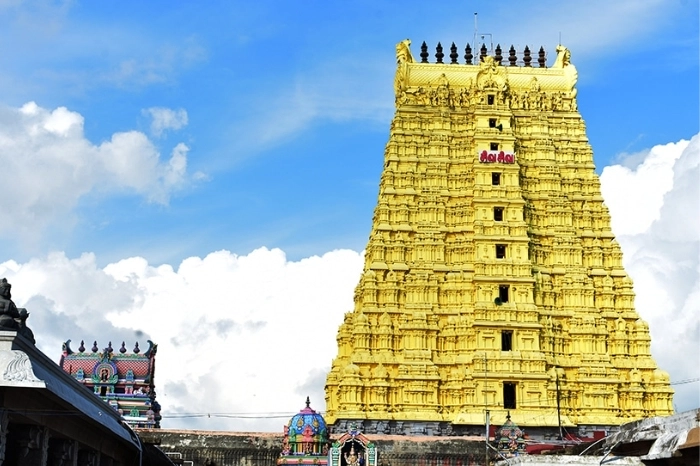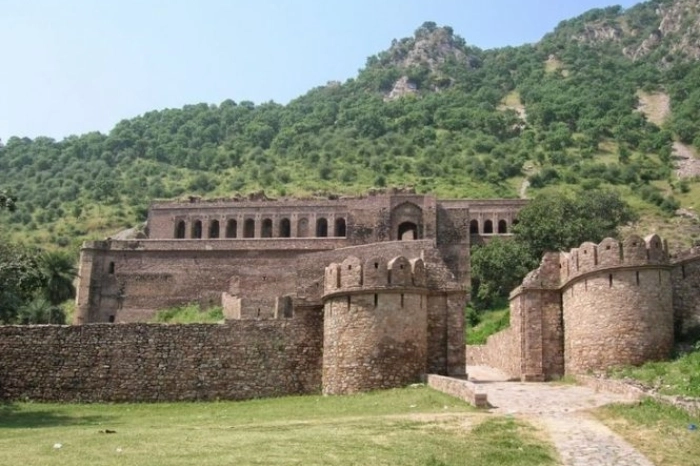- 06 Feb, 2025
What is called a World Heritage Site?
World Heritage Sites are defined as cultural and natural landmarks or areas; therefore, these properties are under legal protection by the international treaty World Heritage Convention. Though the sites are considered to be of ' Outstanding value to Humanity' and for the selection of sites, the host country nominates, which is then decisive by the UNESCO World Heritage Committee. It should be a unique landmark with a precise cultural and physical significance that can be recognized geographically or historically. To get the title of World Heritage site, it is necessary that the site signifies the extraordinary accomplishment of humankind and performs duties for the affirmation of humanity's intellectual history.
As of 2024, there are approximately 1,223 World Heritage Sites worldwide across 168 countries selected areas, of which 952 are cultural, 231 natural, and 40 mixed cultural and natural properties. Significantly, these sites must be recognized as World Heritage Sites only when:
- The sites have exceptional value for everyone.
- It must depict the unique and most consequential or best example of the World's cultural and natural heritage.
How many world heritage sites are there?
So, let's talk about the total number of World Heritage sites worldwide, or 168 countries as of July. The count is 1223 sites, of which the majority belong to cultural sites, followed by natural sites, and nearly 40 are mixed in both natural and cultural. India has 43 World Heritage sites as of 2023 after the most recent addition to the UNESCO sites list, making India the 6th country to have a giant number of cultural or natural properties in the World. All these 43 sites include 35 cultural sites, seven natural, and the last one is combined.
What is India's first heritage site?
Not only one site in India was listed as a First Heritage Site, but four cultural and natural First sites were listed under the UNESCO World Heritage Site in India: Ajanta Caves, Ellora Caves, Agra Fort, and Taj Mahal. All of these incredible sites were included in the 1983 World Heritage Site. Therefore, the contemporary site listed is the Moidams, the Burial mounds of the Ahom kings, Queens, and Nobles. However, the word is acquired from the Tai word Phrang-Mai-Dam, either Mai-Tam, which signifies put into the grave or bury, whereas the Dam indicates the spirit of the dead.
1. Ajanta Caves, Maharashtra:
It is an ancient Buddhist rock-cut cave that is one of India's first World Heritage Sites from the 2nd century BCE to 650 CE. It contains some marvelous masterpieces of nearly 31 rock-cut Buddhist cave monuments, paintings, and sculptures; however, the caves were constructed in two phases. The first was under the Satavahana Dynasty (230BC - 220CE), whereas the second was under the Emperor region of the Vakataka Dynasty.
2. Ellora Caves, Maharashtra:
UNESCO declared the famous Ellora Caves one of the First World Heritage Sites of India and an Archaeological site located 29km northwest of the city of Aurangabad. The popular site is well recognized for its rock-cut Indian architecture and temple complex, which consists of almost 34 rock-cut temples and caves dating from 600 to 1000 AD.
3. Taj Mahal, Agra:
The Taj Mahal is one of the seven wonders of the World. Mughal Emperor Shah Jahan built the incredible architecture in memory of his wife. It is located on the Yamuna Banks and was completed in 1653 at an approximate cost of 32 million INR.
4. Agra Fort:
Agra Fort is located near the Taj Mahal, built by the Mughal Emperor Akbar during the Mughal Era; therefore, it is recognized as the first UNESCO World Heritage Site since 1983.
What are seven natural world heritage sites in India?
India is a paradise for its vast natural landscape and sustainable diversity, though it has 43 World Heritage Sites. Still, many of these extraordinary sites have earned the recognition of UNESCO as seven Natural World Heritage Sites.
1. Great Himalayan National Park Conservation Area:
The National Park is settled in the western Himalayan areas of beautiful Himachal Pradesh, which is well known for its alpine landscape, riverine forests, and glacier sources of multiple rivers. It is endangered by faunal species, making its biodiversity a hotspot. It was declared one of the seven natural World Heritage Sites in 2014.
2. Kaziranga National Park:
Kaziranga is located in the northeastern state of Assam, which is also a requisite habitat for various bird species and an ideal wintering ground for migratory water flows. In 1985, the national park was designated as one of the seven Natural Wonder Heritage Sites.
3. Keoladeo National Park:
Keoladeo National Park is also recognized as the Bharatpur Bird Sanctuary, which is home to nearly 230 species of birds every year; thousands of migratory birds are herded in the National Park, especially during the Winter Season, and due to this, the site is declared a UNESCO natural World Heritage Site in 1985.
4. Manas Wildlife Sanctuary:
It is situated in Assam and popular for its vast landscapes, and it provides a home to several endangered species, including tigers, rhinoceroses, and pygmy hogs; therefore, it got the title of Natural World Heritage Site in 1985.
5. Nanda Devi National Park and Valley of Flowers:
It is located in Uttarakhand and is home to Flora and Flaune, although it got the title of Natural World Heritage Site in 1985 and 2005.
6. Sundarban National park:
It is the world's largest mangrove forest, colonized by the iconic Bengali tigers, and an essential habitat for several other species. The popular Sundarban National Park is located in the Wes Bengal and was designated a Natural Heritage site in 1987.
7. Western Ghats:
Western Ghats gained the title of a natural World Heritage Site in 2012, home to many Wildlife Sanctuaries and a National Park. These are housed in several tropical forests. It is also known as a biodiversity hotspot with a sundry array of rare plants and animal species.
Which country has the largest World Heritage Site?
Italy is leading with 60 UNESCO World Heritage Sites worldwide among 168 countries, and these sites are well known for their universal cultural, historical, and natural Significance. The sites are from ancient Roman architecture, such as the Colosseum in Rome and the historic centers of Florence and Venice.
Contact us








